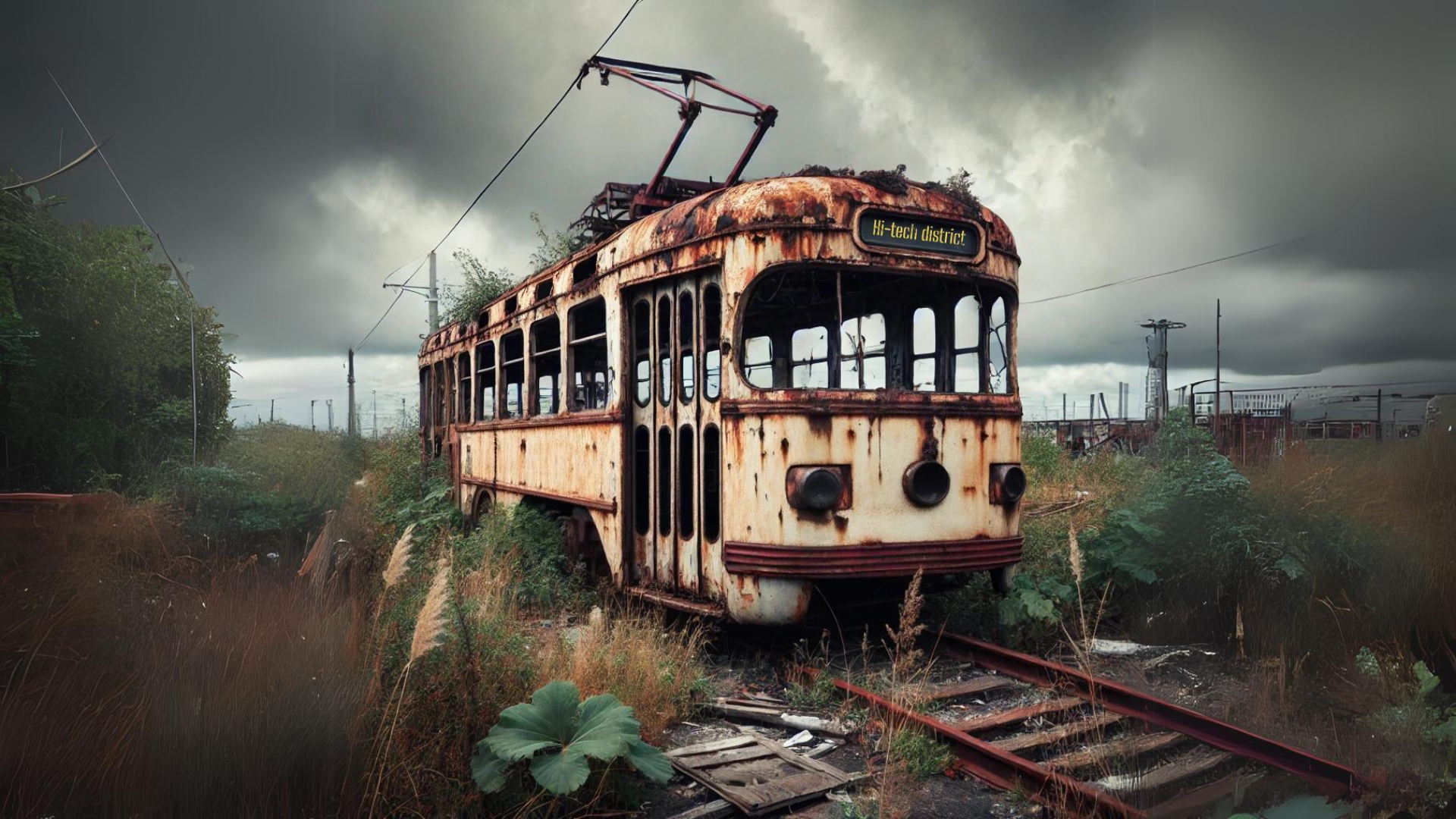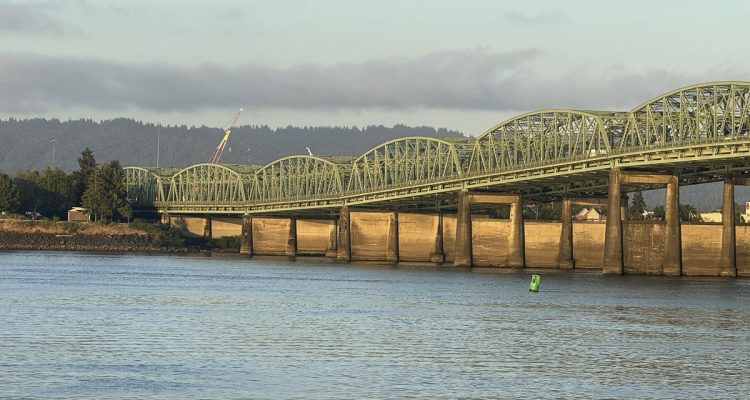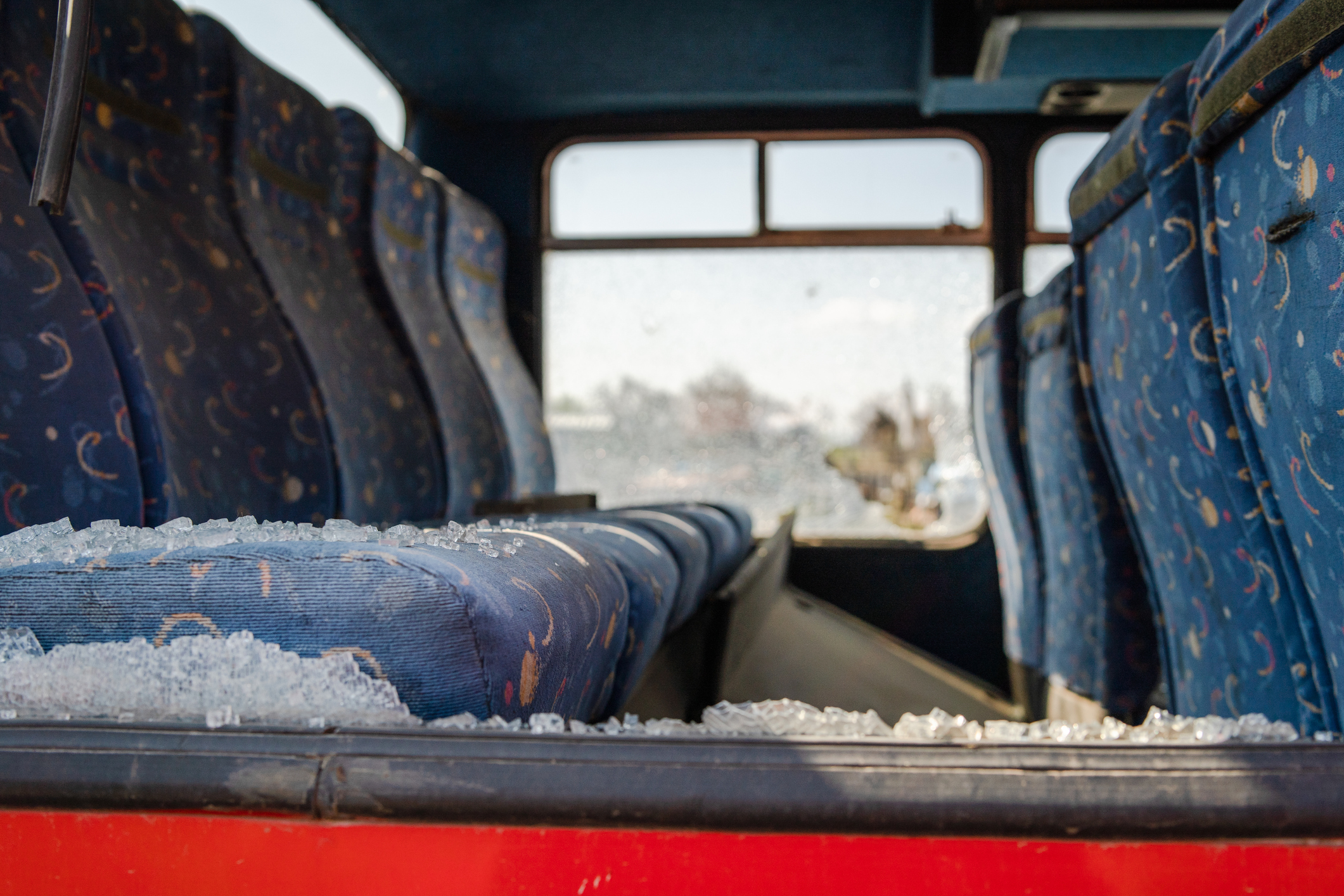
In early August the South Lake Union Streetcar suffered a power failure that caused the line to be taken out of service for four weeks. The streetcar typically only carries about 500 people per day, so if the service interruption hadn’t been mentioned in the local news media few people would have noticed. This is not the first time the streetcar has been out of service for an extended period. In 2020 during the COVID pandemic the line was out of service for seven months.
The most recent service interruption has drawn attention to the streetcar’s dismal ridership and rising operating costs. Over the last ten years operating costs for Seattle’s two streetcar lines have increased from about $240 per service hour to over $334 per hour. Meanwhile ridership has subsided from 58.2 boardings per hour in 2014 to just 29.29 per hour in 2022. For the South Lake Union line the operating cost per passenger is now about $25. An Uber ride on the same route would be less than half that cost.
Since the project’s inception in 2004 nearly $100 million has been spent on construction and operation of the South Lake Union streetcar. Which raises the question of why so much has been spent on a transit project that carries so few passengers. The answer lies in the City’s aspirations for the South Lake Union neighborhood. The vision, supported by developers including Paul Allen’s Vulcan corporation, called for extensive up-zoning and new office development to attract high-tech businesses. It was thought, or at least claimed, that a streetcar line running north-south through the district would be an attractive amenity. Because the line is so short, only 1.3 miles end to end, and serves only a handful of stops, it was never going to address the serious transportation needs of the growing South Lake Union district, much less the million car and truck trips that occur in Seattle every day. To make matters worse the streetcar would cause additional traffic delays on the already congested cross streets including Denny Way and Mercer Street. Those shortcomings did not deter the visionary streetcar boosters.
The irony in this is that the high-tech firms the streetcar was intended to help attract are the same firms that have advanced internet and mobile telecommunications technology to such an extent that it has now supplanted transit for many trips. By comparison the internet provides instantaneous connections to hundreds of millions of users, businesses and services all over the world. Whereas riding the streetcar involves walking to a stop, waiting for it to arrive, then riding a short distance at a speed of eight miles per hour to one of only a handful of stations. In a world where people have the option of instant point-to-point connections for commuting, shopping, and entertainment it isn’t hard to see why slow 19th century transportation technology is no longer competitive. The firms the streetcar was designed to attract have implemented communication technology that has made it obsolete. Many of the high-tech employees it was intended to serve now work from home.
With hindsight this outcome seems obvious. It should have been apparent when the streetcar was proposed because we’ve seen this movie before. By the 1920s Seattle had built an extensive streetcar network, but it wasn’t long after that the city realized streetcars would not be the wave of the future. The streetcar lines were costly to maintain, didn’t mix well with other traffic, required increasing operating subsidy, and were losing riders to rapidly improving cars and buses. By the early 1940s the city’s streetcars were all gone. Fast forward to 2024 and Seattle discovers that operating the South Lake Union streetcar will cost $4.6 million per year, the line conflicts with traffic on busy city streets, and the slow speed and few stops makes it uncompetitive with cars, buses, scooters, and yes, the internet.
If such a poor outcome was foreseeable, how did such a dubious project ever get funded? The city’s grant application for funding through the Puget Sound Regional Council sheds light on the question. In 2004 the PSRC awarded the streetcar project $5 million for preliminary engineering. The streetcar received the third highest score among the twenty-five projects in the grant competition. The project was given 17 points out of 20 for “circulation, mobility, and accessibility”, 18 points out of 20 for “air quality”, and 15 out of 20 for “long-term benefits and safety”.
It is now apparent that an assessment using actual streetcar performance data would yield much lower scores. For instance, regarding safety, the city recently revealed it would pay $5.75 million in damages to settle a lawsuit brought by injured bicyclists who crashed when their wheels caught in streetcar tracks. These are not the first lawsuits involving hazards created by streetcar tracks, and probably not the last either, which indicates the PSRC was far too generous when giving the project a high score for safety.
Scoring for the other grant criteria also fails to hold up. The grant application indicates ridership was assumed to be 2,000 – 3,000 per weekday, but in recent years actual ridership has been only about 25% of that assumption, which invalidates the high scores given for long-term benefits, mobility and air quality. Instead of scoring near the top of the pack, a more objective assessment would have placed the project close to the bottom of the list, well out of the money.
This highlights a serious problem with how the region plans and prioritizes transportation projects. The grant programs, which dole out hundreds of millions of dollars per year, are easily gamed by agencies that exaggerate project benefits and low-ball cost estimates. Because there is no penalty for fibbing the process begins to resemble a liars contest. Once the funds have been spent there is no going back and no refund required even if the project turns out to be a lemon. As can be seen with the streetcar project, the granting agencies that should be scrutinizing the applications have been very willing to accept questionable proposals when they align with their urbanist visions.
Now Seattle finds itself saddled with a costly underperforming streetcar that complicates any attempts to relieve congestion in the South Lake Union area, presents hazards for cyclists, and is irrelevant to meeting the city’s larger transportation needs. This should not only lead to reconsideration of the city’s streetcar visions it should also prompt a serious effort to restructure the grant programs that fund many transportation projects. Neither the Puget Sound region nor the State can afford to continue allocating funds to low-benefit vanity projects while basic street and highway maintenance goes unfunded.





